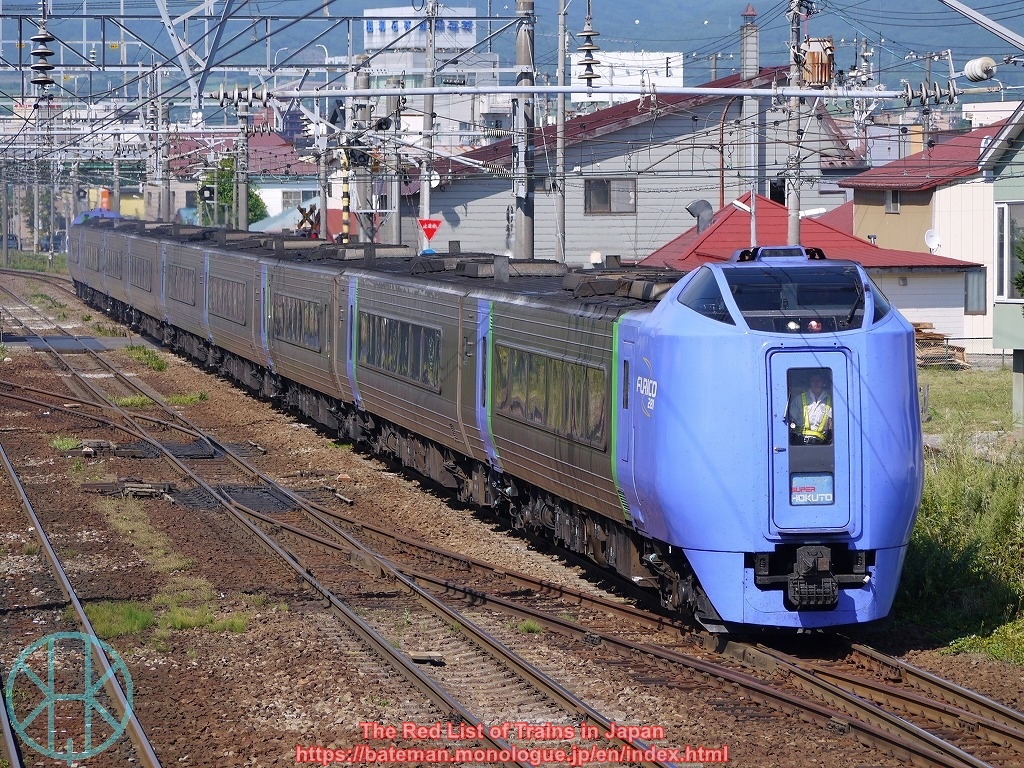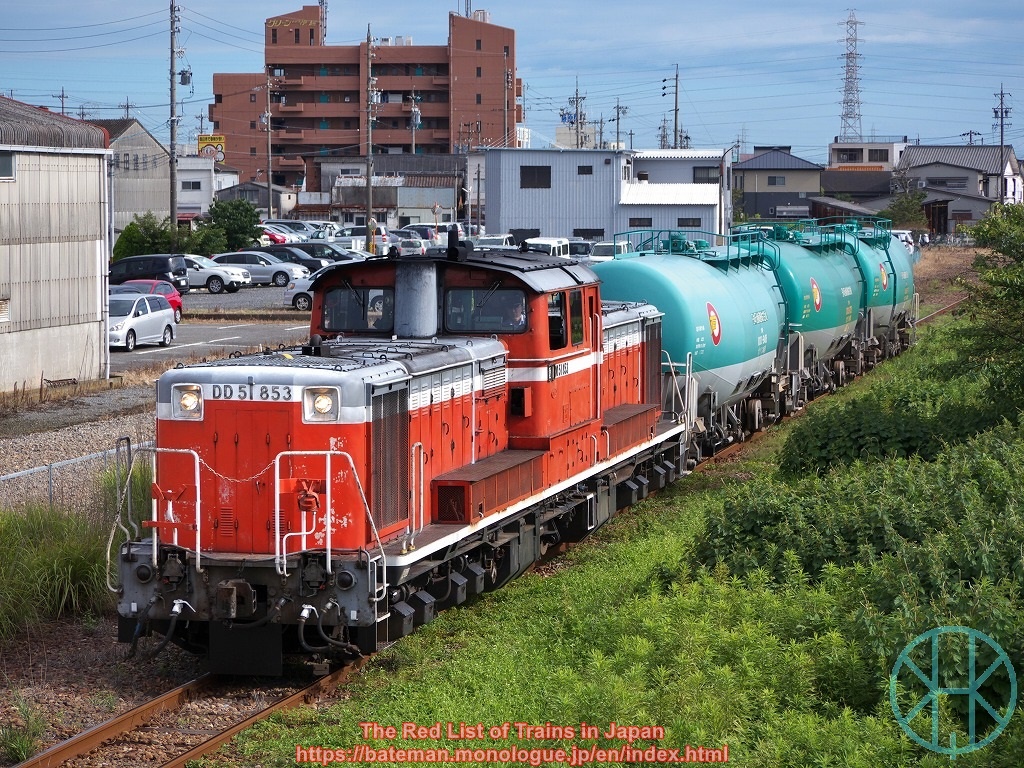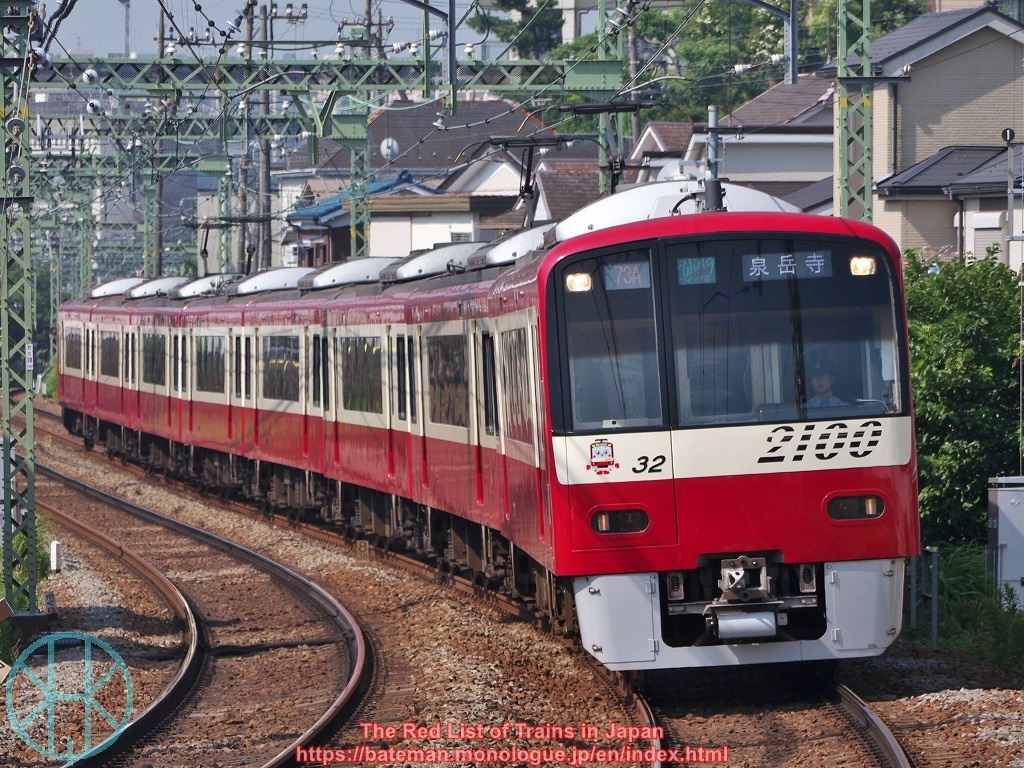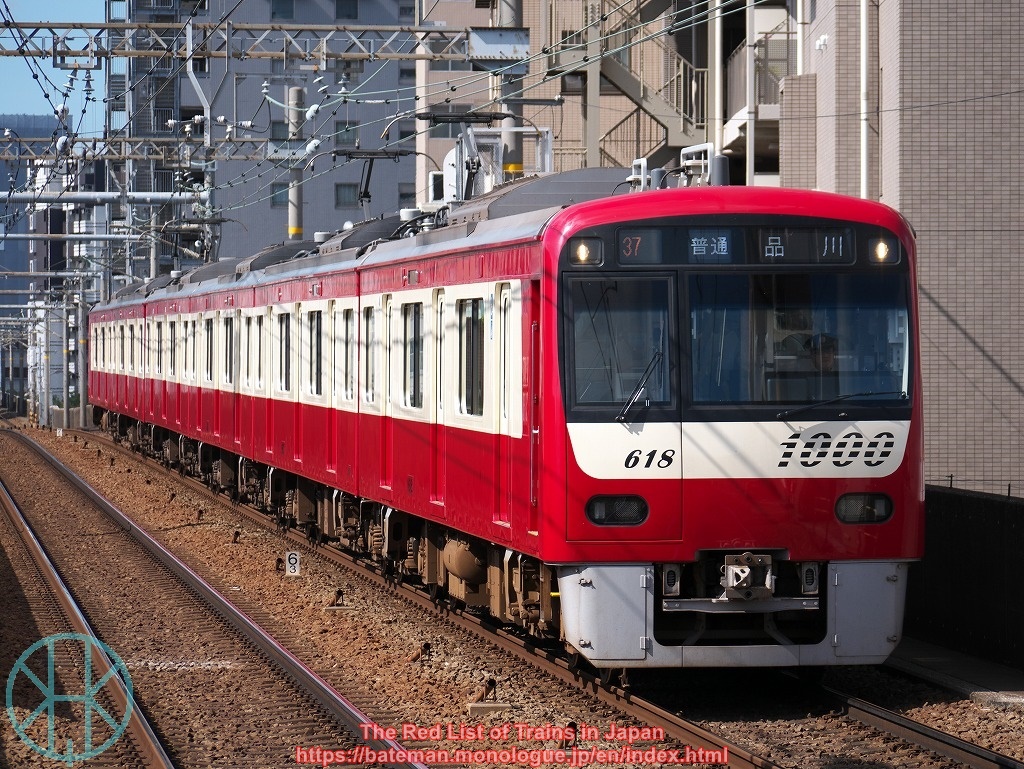(Latest information was added on 26 Mar 2022)
The future of railways in the northern island of Hokkaido has always been bleak, due to significant costs to tackle severe winter. Since JR Hokkaido has been struggling to run business even with considerable amount of money from the government, many lines were closed in the last 40 years.
On 3 February, Asahi Shimbun and other newspapers in Japan reported that a part of Hakodate Main Line would be closed in 2031, when Hokkaido Shinkansen high-speed rail is extended to Sapporo. Local governments have agreed with the permanent closure between Oshamambe and Yoichi, roughly 120 out of 423 km (or 75 out of 263 miles). Given the financial crisis of JR Hokkaido, such an announcement was a matter of time.
The section between Yoichi and Otaru (20 km or 12.4 miles) is also subject to closure, but it is still under discussion.
 |
| Class 7100 steam locomotive for Horonai Railway |
Hakodate Main Line was first opened in 1880 as Horonai Railway, the fourth railway in the country. It was 22 miles 25 chains long, connecting Temiya in Otaru city and Sapporo, and extended again and again. The construction work completed in 1905, and the Line now connects Hakodate and Asahikawa via Oshamambe, Kutchan, Otaru and Sapporo.
Like other parts of the northern island of Hokkaido, this area has been scarcely populated except major cities like Hakodate, Otaru, Sapporo and Asahikawa. Even so, Hakodate Main Line had been once the most important railway in the island and heavily used by both passenger and freight trains. It had been a vital part of the railway network connecting Tokyo and Hokkaido.
However, Hakodate Main Line has many speed restrictions due to steep slopes. Therefore, Japanese National Railways decided to improve Muroran Main Line and Chitose Line tracks, another route that connects Oshamambe and Sapporo. As the project completed in 1980, the Muroran route has become the most important one in the area, as it was capable of more frequent services and faster trains. All intercity and freight trains have shifted from Hakodate Main Line to Muroran Main and Chitose Lines by 1986.
| Time | Destination |
|---|---|
| 06:03 | Otaru |
| 13:18 | Kutchan |
| 16:38 | Otaru |
| 20:04 | Otaru |
Since then, the section between Oshamambe and Otaru via Yoichi has had a very small number of passengers. According to the official statistics in 2018-19, there were 625 passengers per day on average. The annual revenue was 430 million yen (approx. 3.87 million USD), while it costed 2.79 billion yen (25.15 million USD). Niseko Town estimates that the number of passengers here would be less than 200 a day in 2060, as most people use bullet trains. Therefore, JR Hokkaido concluded that they could not maintain it.
There was an argument that Hakodate Main Line would play a crucial role in case of emergency. In fact, Muroran Main Line was partly closed and some limited express services and freight trains diverted when Mount Usu erupted in 2000. Looking back the history, it erupted in 1977, 1910, 1853, 1822, 1769 and 1663 - roughly every 40-100 years. Thus, critics pointed out that local economy would be struck hard if there was no alternative route especially for freight trains.
However, JR Freight dismissed the claim. In 2000, they were using Class DD51 diesel locomotives, which could run almost all lines in Hokkaido. However, these locomotives have already been withdrawn, and current rolling stock cannot enter the section in question on Hakodate Main Line due to weight restrictions and structure gauge. It would cost billions to solve them. Hence, JR Freight insisted that using lorries was far more practical in case of a natural disaster.
 |
| This area is known for stunning views |
The story might not end here. The section between Yoichi and Otaru is also subject to a closure. Yoichi Town wishes the Line to be operational, and JR Hokkaido is looking for constructive negotiations with local governments. It is not likely to be closed as there are more than 1,000 passengers a day, but its fate depends on how much subsidies can local governments offer.
On 26 March 2022, representatives of the Government of Hokkaido, Otaru City and Yoichi Town agreed with permanent closure of stations between Yoichi and Otaru (the yellow section on the map above), as retaining the railway would cost more than 20 billion yen (approx. 170 million USD) in 2030-60 and thus not affordable.






































